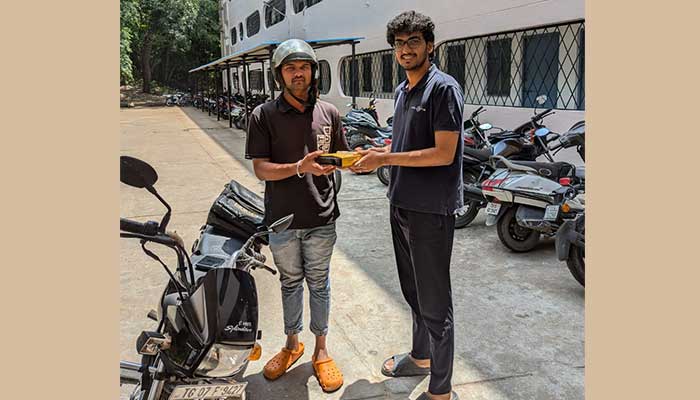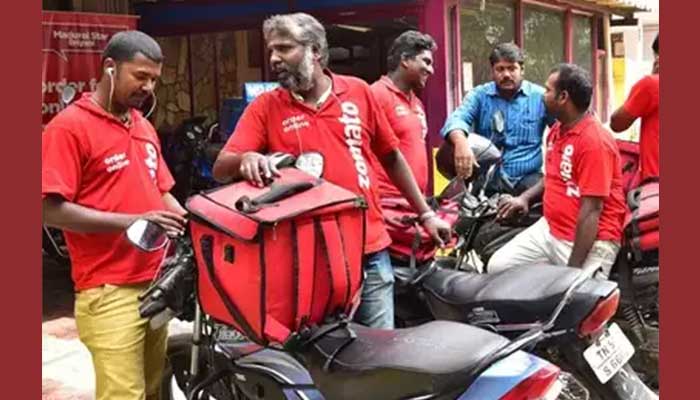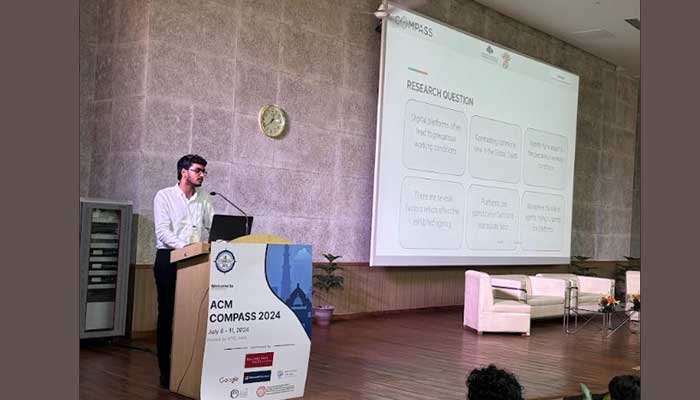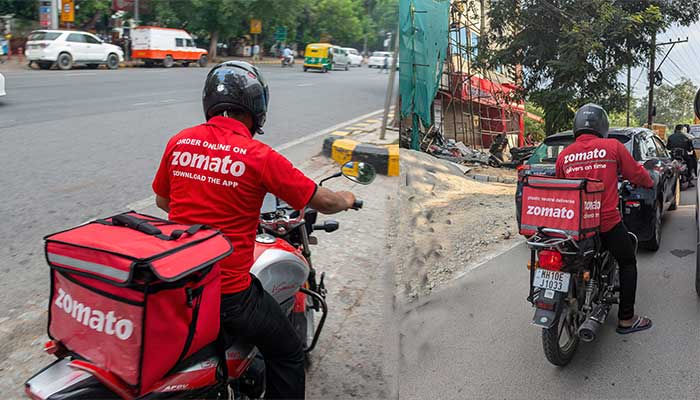“… what one earns is how much one has broken ground, sped in dangerous traffic, and delivered food at doorsteps without hoping for a tip…,” remarks a food delivery worker wryly. He is referring to his typical work day which in turn is dictated by the algorithm on his employment app. While AI-powered algorithms in the digital platforms are expected to streamline the work processes and make them more efficient for both the workers and the customers, their internal workings are often obscure, creating stressful situations with hard-to-achieve targets. But gig is still the preferred form of employment in India and IIITH researchers have shown why.
Global North Vs. South
According to Prof. Nimmi Rangaswamy, Kohli Centre for Intelligent Systems at IIITH, the concept of on-demand employment as demonstrated by digital apps has often raised the hackles of the Global North where it is perceived as a threat to the liberty of the workers. Infact, the professor’s own interest in the gig economy and its ramifications on society took root as a discourse countering this majoritarian view from the North. “Gig economy or the informal sector is seen as evil there and one that compromises the freedom of the workers thanks to its precarious legal and social status,” she says, adding, “But here in the Global South, that perception is diametrically opposite. Despite its unregulated nature, platform-based gig economy is one of the largest sources of mass employment in India.”

International Conference Presentations
As a social anthropologist focusing on digital life and human-computer interactions, Prof. Rangaswamy has studied Uber drivers in the past. This time, with her student Tanmay Goyal, she examined food delivery agents, their conditions and everyday work practices across 3 metropolitan cities – Hyderabad, Mumbai and Chennai. “We wanted to do three things – critique the idealogue of the Global North, look at the human-computer interaction aspect of platforms and the gig workers and finally, examine this as a broad sociological discourse,” says Prof. Rangaswamy. Their work has been published in a paper titled, “Unveiling Two-Fold Gamification: Exploring The Agency Of Delivery Workers In Urban India”, which was presented at the ACM COMPASS 2024; an international forum for the presentation and publication of original research that supports the growth of sustainable societies worldwide. At EASA Barcelona 2024 – the European Association of Social Anthropologists, an extended abstract titled, “Adapting to Uncertainty: A Deep Dive Into Job Insecurity and Indian Food Delivery Workers” was presented. Similarly at the Data Power Conference – a conference that explores the social, political, economic, and cultural impact of data, an extended abstract titled, “Unravelling Data Power Dynamics In a Food Delivery Platform: A Perspective On Labour Management” was presented.

What They Found
Through their field study which entailed shadowing the delivery workers and interviewing them, the researchers uncovered the ways in which gig platforms incentivise workers. “One thing we found was that there is only 6-month worth of employment history data that the algorithm uses to both reward and punish the workers simultaneously,” shares the professor. Tanmay further observes how the platforms use data on individual food orders to manipulate and optimize delivery time, speed and quality over agent experience. “The data-driven incentive schemes set impossibly-high agent targets which affect performance metrics of the delivery agent. Similarly, long-distance orders are auto-assigned to disrupt a delivery agent’s ‘target for the day’ impacting their income and performance potential,” he says. But not all is ignoble in the gig world. The researchers mention the incentives that exist for rush hour or peak traffic deliveries, late nights, rush hour, holidays, cricket matches, during rain and so on. “Plus, some of these platforms do offer insurance in the event of accidents occuring during deliveries,” reports Tanmay.

Playing The Platform: 2-Ways
The interesting aspect of HCI that was uncovered revealed that despite the chaotic traffic conditions, inclement weather, wait times for pickup and delivery, and unsafe neighbourhoods they encountered, food delivery workers were very mindful of the opportunities coming their way. “They resort to their own tactics to circumvent algorithmic control,” explains Tanmay. Delivery persons cancel deliveries, ignore timers, mark a package as ‘Delivered’ before arriving at the customer’s doorstep and refuse to work during surge time even if it invites a penalty. Besides, the availability of a plethora of similar platforms affords them a choice in employment matters. “…getting banned from one leads us to another,” confessed a worker. The researchers observed that just as platform companies game to optimise for operations, the workers too game the system to maximise their earnings, comfort and time. “They become adept at understanding which grub hubs have the most demand and at what time, they transfer orders to other agents and so on. Most of them are looking at gig as a means of long-term employment and hence they have come to understand their jobs and the manner in which they can benefit,” notes Prof. Rangaswamy.

Sociological Discourse
“I am looking for optimism in gig work and much of my interest stems from unravelling how much of it is tyranny and oppression. How do we account for the subjective experience of delivery workers who do not necessarily subscribe to the above sentiment? What are the options or choices these agents have and how do they compare digital platform work with other opportunities for work given their skill sets?,” asks the professor rhetorically. Elaborating that gig work gives more structure to workers as compared with other unregulated workforce such as cleaners or helpers, she remarks, “At least the gig workers know they will be paid unlike the others who are not assured of a fixed salary every month.” Incidentally, the researchers found the majority of the delivery workers to be extremely young; “..one of them was as young as 17”, but they foresee the older lot, who are in their 40s and 50s, jumping onto the gig bandwagon in the immediate future. As per the researchers, if expanded to include all types of courier delivery too, this labour sector is a burgeoning one. Speaking about plans for upcoming research, Prof. Rangaswamy makes a case for studying this expanding source of employment from an economic and ethnographic perspective to understand it better.


Sarita Chebbi is a compulsive early riser. Devourer of all news. Kettlebell enthusiast. Nit-picker of the written word especially when it’s not her own.


Next post